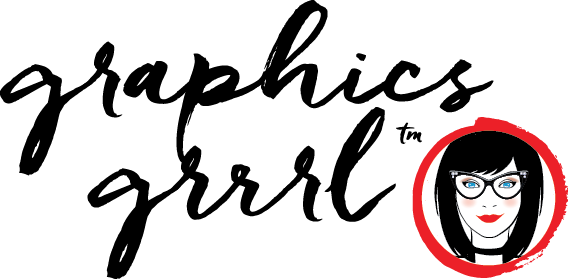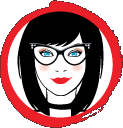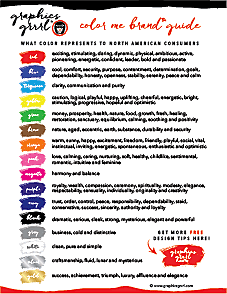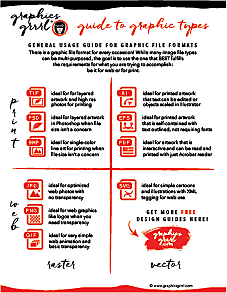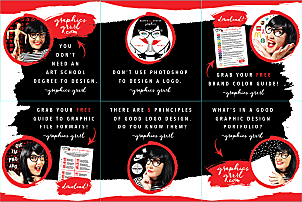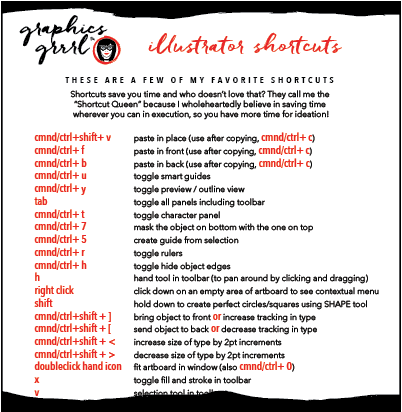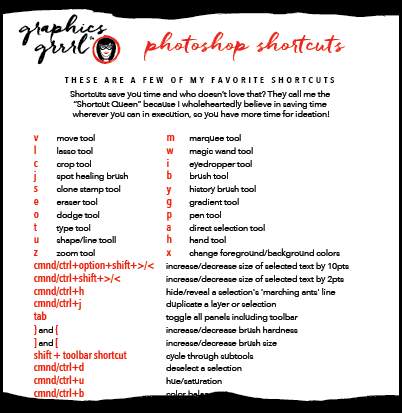Personally, I struggle with focusing on one thing because I am a typical creative, all over the board with ideas. In a given day, I’ll come up with 2 product ideas, 3 movie ideas and 5 cool t-shirt slogans. If you can relate, then you are my people. I can’t relate to non-creatives when they say, “Ideas are a dime a dozen!” Umm, no, they’re not and that goes triple for GOOD ideas. Why is it so easy to diminish the power to create? Let me tell you something: It’s so much harder to create than to destroy.
Without the idea first, there is no finished product. Nothing can be produced that isn’t first conceptualized.
Of course their point in downplaying ideas only to stress execution, which probably IS more important because execution is hard and ideation if fun! You do need to follow through and execute on your ideas–or else just stay in your head or on a crumbled piece of paper, never to see light of day–so you must execute on your ideas to visualize them for the world. And you need motivation and accountability to execute, so hopefully that’s what the graphics grrrl community will do for all of us, so I hope you join in:


But back to your portfolio: In the beginning of your career, it’s true, you have to demonstrate that you can execute various styles in different mediums if you want to have the best chances of getting any job. But perhaps you don’t want just any design job? In the beginning of my career, I cast my net wide to increase my probably of success and then something funny happened along the way: I never truly found my one thing. I enjoy designing identity and packaging (so people put me in a box), but truth be told: I’ll say it, hey world, I like to design all kinds of things!
Sure, there are things I like to design more than others, for example, I do love, love, love to create a logo, then see it animated in a presentation, on a website, in an email or banner, or on a billboard, in direct mail—and don’t even get me started on business cards or packaging! I admit: When I see a brand I’ve designed on store shelves and I know that many people will actually be interacting with my design—I start to salivate. Just a little. Okay, maybe a lot. The point is–I get really excited about creating something from nothing, from having a concept, to seeing it in all its myriad of forms of completion!
So, if you feel the same, then my advice is to try to design for all types of projects, clients and styles. You want to show diversity and flexibility and you want to see what clicks with you as a designer. You never know: You might surprise yourself by what you like to design!
portfolios can contain:
The following is a non-comprehensive list of the different types of work to showcase in your portfolio.
Logos
Business cards
Letterheads
Envelopes
Direct mail
Brochures
Invitations
Annual reports
Packaging
Apparel design
(ex: t-shirt graphics)
Posters
Billboards/signage
CD/DVD covers
Book covers
Magazine ads
Magazine covers
Websites
WordPress templates
Landing pages
Emails
Banners
Social media graphics
App interfaces
Icons
Infographics
Illustrations
Photography
Art direction
Animations
Videography
3D renderings
Feeling overwhelmed and confused? Great, my work here is done!
No, but if it makes you feel any better, I’ve been a designer for 20 years and I still probably show too much in my portfolio when I meet with a prospective client. I do that because you never know what one piece that will resonate with them and make them hire you. If you are looking for a fulltime graphic design position, I recommend reviewing the type of clients an agency or employer has by doing your research and selecting (or creating if you have to) something that matches their client base or style. You don’t want to show them a copy of what they are doing—you want to put your twist on it—but make it easy for them to connect the dots so they are left with the impression that, yes, this person will fit in here and can add value.
The rule of thumb is that it is better to showcase 15 high quality pieces vs quantity. So, if your early other work is not at the same level as your later work, don’t include it. Doing so may bring the overall impression of your work down. Sad but true.
In summary: You want to give an example of every medium you have an interest in, with a concentration in what you are best at.
There you have it.
but, wait…there’s more!
As an added juicy bonus tip: Don’t be afraid to show the process of how you got to the final design solutions you displayed in your book. Showing your earlier drafts of a logo, then the refined logo, then the final client-approved logo, allows prospective employers or clients to interact with your work more and allows them to gauge your aesthetic and taste level while also appreciating your thought process and cultural references. You may also decide to include mood boards that capture the tone and vibe you’re recommending for the direction of the client’s brand, for example. Agencies use mood boards all the time to set the mood (hence the name) in order to put the client in the right headspace and get buy-in for the logo treatments that they later will show them.
Okay, I’m done. Now it’s your turn. What do you think? Leave your take on what’s in a good portfolio in the comments below!
please follow, like & share:

